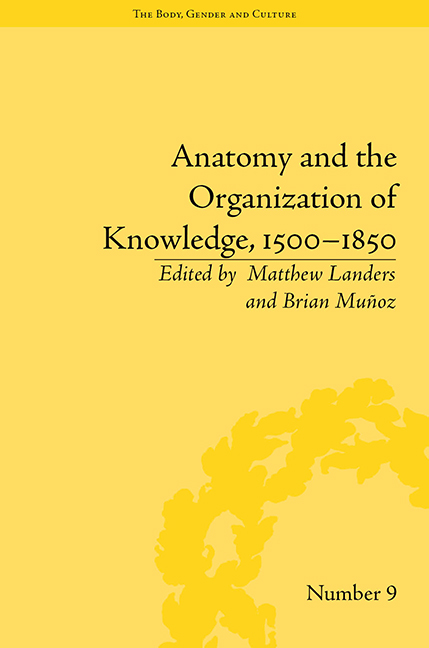Book contents
- Frontmatter
- CONTENTS
- List of Contributors
- List of Figures
- Introduction
- Part I The Body as a Map
- Part II The Collective Body
- Part III Bodies Visualized
- 10 Visualizing Monsters: Anatomy as a Regulatory System
- 11 Anatomy, Newtonian Physiology and Learned Culture: The Myotomia Reformata and its Context within Georgian Scholarship
- 12 Art and Medicine: Creative Complicity between Artistic Representation and Research
- 13 The Internal Environment: Claude Bernard's Concept and its Representation in Fantastic Voyage
- Notes
- Index
13 - The Internal Environment: Claude Bernard's Concept and its Representation in Fantastic Voyage
from Part III - Bodies Visualized
- Frontmatter
- CONTENTS
- List of Contributors
- List of Figures
- Introduction
- Part I The Body as a Map
- Part II The Collective Body
- Part III Bodies Visualized
- 10 Visualizing Monsters: Anatomy as a Regulatory System
- 11 Anatomy, Newtonian Physiology and Learned Culture: The Myotomia Reformata and its Context within Georgian Scholarship
- 12 Art and Medicine: Creative Complicity between Artistic Representation and Research
- 13 The Internal Environment: Claude Bernard's Concept and its Representation in Fantastic Voyage
- Notes
- Index
Summary
‘We stand in the middle of infinity between outer and inner space.’
– Richard Fleischer (dir), Fantastic Voyage (1966)What does it mean to represent the interior of the human body? Recent scandals around exhibitions of ‘real’ dissected human bodies, such as Gunther von Hagens's notorious Body Worlds exhibition and the recent closure of a similar type of anatomical exhibition, ‘Our Body – à corps ouvert’ by a French court in 2009, have served to keep this question alive. And yet the interior of the body has been represented in the cinema practically from the beginning of narrative films. Horror films and war films regularly expose the interior of the body for its shock value. Indeed, with increasingly sophisticated special effects now available to film directors, the interior of the body is exposed with a realism designed to turn the stomach of the most hardened spectator. However, this is not the only context in which the body's interior has been represented in fiction. The interior of the body can also be explored in more artistic and scientific ways, with such representations often playing on the wonder or even the miracle of the human ‘machine’ both to engage the audience and to convey a message about the significance of life. Yet even if one adopts this more positive attitude to the interior of the body, there are many different ways to do so, and new scientific discoveries have served to add to this panoply.
- Type
- Chapter
- Information
- Anatomy and the Organization of Knowledge, 1500–1850 , pp. 187 - 206Publisher: Pickering & ChattoFirst published in: 2014



